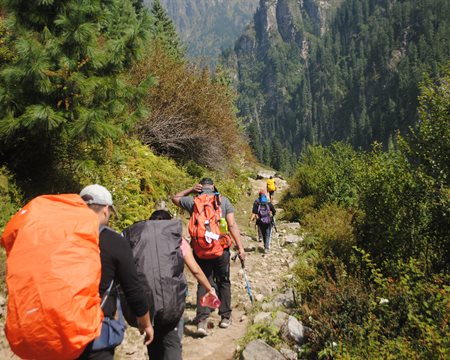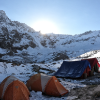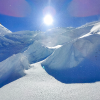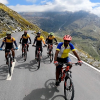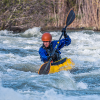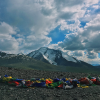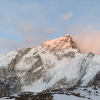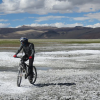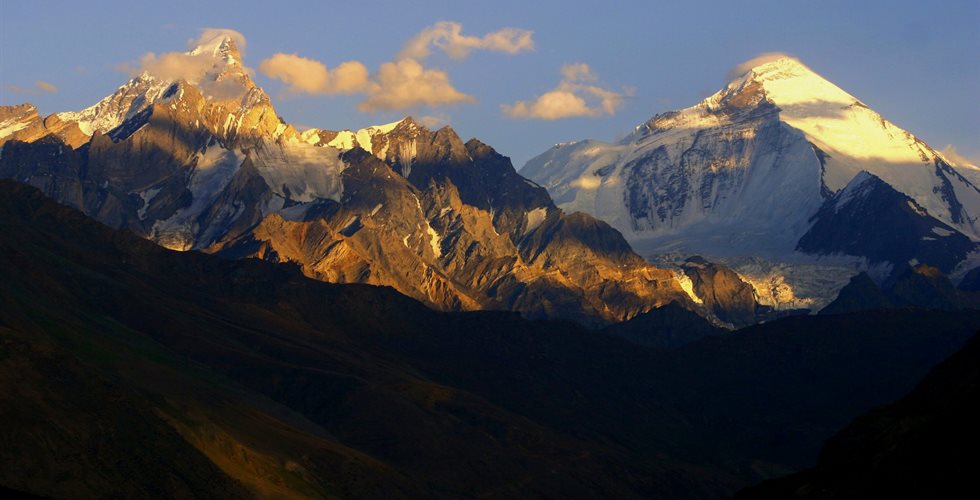
Mt. Kun Peak
The Ultimate Edge of Adventure - Technical Expedition meant for Experienced Climbers
Available Batches
Available Batches
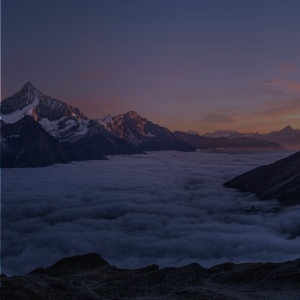
Brief Description
Gallery
Brief Itinerary
Detailed Itinerary
Day 1: Arrive in Leh (3,500 M)
The trek starts from Leh, which is a headway into Ladakh that is home to some of the highest peaks in the region. It is also a very popular tourist destination and hence fairly accessible. If you need guidance on how to get to this high-altitude hub of mountaineering, this article (Travel options from aound Leh) might be useful.
Day one is reserved for the climbers to make their way to Leh and get settled into their accommodation. Since climbers will be coming to this altitude from sea level, the body will need time to get comfortable with the mountain air.
Day 2: Rest and Acclimatization in Leh (3,500M)
Day two is reserved for rest and acclimatization to the altitude, too. This is important to allow your body to adapt to its new environment and reduce chances of adverse health conditions. You can go around and explore the city market, delve into the colors and culture of this high-mountain city and visit some places nearby. A little movement around the city would be good for acclimatization. Also, use this time to go through your checklist and do some last-minute shopping for what you might be missing for the expedition. Leh has the best market for trekking essentials.
While the body acclimatizes, we take this time to get together with the group for a debriefing session where we get to know each other better and delve into the happenings of the next few days - schedule, what to expect, basic do's and don'ts in the mountains, how to maintain the sanctity of the environment and other such matters of importance.
Day 3 : Leh (3,500M) to Kargil (2,676M)
Distance: 217 kms
Time Taken: 6-7 hour drive
Today is a big day! It is the official beginning of the expedition when you will be driving straight towards Mount Kun. You will also meet the Sherpas and other support staff, a vital part of this team. Expect to leave after breakfast. The drive should take close to 6-7 hours. By now you would be familiar with the terrain and roads of Ladakh. Barren landscape, smooth roads and the flavoured air make the seven hour drive seem like a visit to the neighbours!
Day 4 : Drive from Kargil to Shafat Nala (3,800 M).
Time Taken : 4-5 hour drive
We move after breakfast in the hotel. Drive is along the Suru river when you will have first view of Nun & Kun peaks. The drive takes around 4-5 hours from Kargil ot reach Shafat Nala.
Day 5: Shafat Nala (3,800M) to Kun Basec Camp (4,200M).
Distance: 6-7 kms
Time Taken: 6-7 hours trek
The actual trek starts today. You will slowly move towards the upper reaches of the mountains. We will try to leave right after breakfast because it is likely to be a long day. There is a height gain of 500M and the weight on your back does not make it easy. You start by crossing over to the other side of the river through a sturdy bridge with a deep gorge and river underneath. This leads you to the last village you will cross before heading out of the boundary of civilization.
The route to basecamp takes you through small villages rich with lush green fields bordered with pink flowers and locals running up and down the steep slopes like it were an Olympic field. With cattle scattered around the landscape, you soon leave the geometric greens behind at the foothills of the mountain and enter the world of browns on narrow shepherd trails– rocks, boulders and mud – extremely dry but rich in flowers of all colors growing out in tufts from the cracks between the land.
The mountains here are peculiar – rocky with pointed peaks – completely brown and dry from a specific point upward with lush green fields at the foot of the slopes. You walk through boulders and scree on the many shepherd trails crisscrossed across the landscape which divide the dry greens into mounds of tufts.
After the first couple of hours, the landscape changes completely, and so does the air. You have now entered a much chillier region – a bit more rustic than the one you left behind. The meadows have now turned into scree and glacial moraine – the terrain you get to call home for as long as you stay on base camp.
Day 6: Rest and Acclimatization at Base Camp (4,200M)
The day starts with a puja. The base camp of Mt. Kun, as of any other mountain, is rife with colour from the prayer flags and small stone structures. You offer your prayers here to the mountain gods and thank them for allowing you to be there. This sacred ritual where the team members, together, seek blessings for the safety and the success of the team ends with a sip of some brandy and some sweets to fill you with warmth along with the benedictions of the mountain. It does help connect you to the mountain better and makes you feel belonged – like your presence is not a burden to the massif anymore.
A lot is to be achieved during your time at base camp. From the distribution and setting up of all the gear to technical training and practice on the icy slopes around the basecamp. But before then, you have the entire day to rest your bodies and acclimatize to the terrain, altitude and temperatures of the base camp which lay at 4200M – a height gain of approximately 500M from Tangol.
Day 7 – Day 18: Expedition
Since the conditions on high-altitude are unpredictable, there is a constant readjustment of plans to adapt to the situation at the time. Providing fixed day-wise schedules is thence tricky. But roughly, the schedule includes rotation rounds between camps which is a standard acclimatization process on high-altitude expeditions. Mt. Kun has 3 camps at 5,300M, 6,000M and 6,200M above the basecamp.
Given that high-altitude climbs demand a rigorous acclimatization routine, expeditions usually employ the method of making rotation rounds between camps so as to better adapt to the environment. Living the tenet of ‘climb high, sleep low’ which is a golden rule for survival in that altitude, we make multiple rounds between campsites. For Mount Kun, specifically, we make two rounds. The first is when we ferry our load up to the next camp, leave our stuff there and then climb back down to the lower campsite to spend the night. The next day, we climb back up to the camp where we left our stuff and proceed to pitch out tents to now occupy the campsite. What this achieves is a three-fold benefit. Firstly, you can divide your weight between two days so as to not carry a massive amount in one trip. Secondly, it introduces the body to a higher altitude environment but gives it time to better adapt to it by not pushing it in this new height. Thirdly, for each time that you climb the same route, it tends to get easier and easier, refining your technique, skill and adaptation.
The entire length of the expedition will include proper acclimatization, rotation rounds, rest days and a possibility of 2 summit attempts in case of bad weather.
As for the difficulty, the route between Camp 1 to Camp 2 is the most difficult and a highly technical section of the climb. The section requires a use of fixed ropes and an ascender to climb to the next camp site. There are small patches of difficult sections and high ice-walls on the summit push as well.
Day 19 : Basecamp (4,200M) to Shafat Nala (3,800M) & drive to Kargil (2,676M).
After resting your body, pack up your temporary homes on Base Camp and head on down towards Shafat Nalla. It is a relatively easy stretch and should take close to 4 hours to cover. We get into our vehicle soon after and make our way down to Kargil. Expect to reach Kargil by early evening.
Day 20: Drive from Kargil (2,676M) to Leh (3,500M)
Distance: 217 kms
Time Taken: 6-7 hour drive
We will drive towards Leh after breakfast and will reach by evening. Today will be the celebration day after culmination of the expedition.
Day 21: Depart from Leh (3,500M)
Your expedition ends here but not before some celebration. How can we end this adventure without a summit party?
If you plan to stay for a few more days to explore the wonders of Ladakh, the article below might help start you off on what places to consider. (Places to visit in Leh Ladakh)
Like we indicated before, the weather on high-altitude is unpredictable as are many other conditions. So, we would suggest you keep spare days between the end of the expedition and your travel arrangements to head back home.
Day 22 : Buffer Day
This day can be used in case of bad weather to attempt summit or as a sightseeing day if we reach Leh as per schedule.
Day 23 : Buffer Day
This day can be used in case of bad weather to attempt summit or as a sightseeing day if we reach Leh as per schedule.
What's Included
- Camping during the trek
- Guesthouse Stay in Leh
- Trek Meals
- Technical Equipment - Ropes, Helmet, Ice Axe, Crampons, Mountaineering Boots, Jumar, Descender, Harness
- Trek Permit Fee/IMF Permission (Upto the amount charged for Indian nationals)
- First aid medical kits and oxygen cylinder
- Qualified & experienced trek Leader, Guide and Support staff
- Transport from Leh to Road head and return
What's Not Included
- Meals in Leh
- Meals during road journeys
- Any kind of personal expenses
- Any kind of Insurance
- Mules or porter to carry personal luggage
- Anything not specifically mentioned under the head Inclusions
- Any extra flight booking amount should be paid on actuals by the participant (over the amount mentioned in the Inclusions section)
- Expedition Permit Fee of USD 300 per member for foreign nationals & INR 4000 per member for Indian Nationals.
Are you Eligible for this Adventure?
BRS Level Required
This makes it mandatory for you to have high-altitude experience of preferably multiple treks marked at level 5 on the BRS. The altitude, the terrain and the nature of the climb demand a certain level of skill and a need for you to be aware of how your body reacts to the various features of high altitude environment.
If you do not know what level of BRS trek would suit you best, worry not! Fill out this Form:
we will send you a progression chart to help you comfortably get out of your comfort zone in order to level up and ultimately reach your highest potential in the big, bad world of outdoor adventure.
Packing List
This is a list of essential items for individuals doing the trek with Bikat Adventures. This list contains only those items which the participants are required to bring with them. The list excludes those items which are provided by Bikat Adventures on the trek. We have divided the items into five categories. All the items in the list are essential except for those marked as optional.
Trekking Gear
- Ruck sack bag with rain cover. Qty -1
- Day Pack Bag - Recommended for treks with summit day
- Head Torch with spare Batteries. Qty -1
- U V protection sunglasses. Qty -1 Here is how you can choose the best sunglasses for trekking.
- Water Bottles: 2 bottles of 1 liter each
Footwear
- Non-skid, deep treaded, high-ankle trekking shoes Qty -1
- Pair of light weight Slipper/Sandals Qty -1
Clothing
- Quick Dry Warm lower or Track Pants. Qty - 2
- Full sleeves T-shirts/ Sweatshirts. 1 for every 2 days of trekking
- Pair of thick woolen socks. 1 pair for every two days of trekking
- Thermal Body warmer Upper & Lower. Qty-1
- Undergarments. Qty - 1 for every day of trekking
- Warm jacket closed at wrist & neck .Qty-1
- Full sleeves sweater. Qty -1
- Rain wear ( Jacket & Pants ) . Qty-1
- Pair of waterproof, warm gloves. Qty-1
- Woolen cap. Qty-1
- Sun shielding Hat. Qty -1
Toiletries
- Personal toiletries kit (Small Towel, Toilet paper, paper soap, Bar soap, toothbrush, toothpaste, cold cream, etc.)
- Sun screen lotion small pack. Qty -1 Here is your Sun Protection 101 to stay safe in the bright sunny outdoors.
- Lip Balm small pack. Qty-1
Utensils
- Small size, Light weight & Leak proof lunch box. Qty-1
- Plate. Qty- 1
- Spoon.Qty-1
- Tea/Coffee (plastic) Mug.Qty-1
Miscellaneous
- Camera (Optional)
- Carry your medicines in plenty in case you have any specific ailment. Consult your doctor before joining the trek.
- Dry fruits, Nuts, Chocolate bars (Optional)
Frequently Asked Questions
Why Bikat?
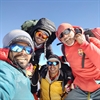

Small Group Size
Our batch sizes are capped at 15 for smaller treks with the trek leader and trekker ratio of 1:8. This ratio, in our years of experience, has proven to deliver the best trekking experience for individuals as well as groups. Capping the size of the group ensures individual attention to each trekker so that no signs of distress or need during the trek go unnoticed. It also helps to form a more cohesive cohort with better group energy which helps define the rhythm and pace of days on the trek. As you go higher up on the BRS scale, since the stakes are higher, expeditions have an even smaller group size with the ratio of expedition leader to climber set at 1:2.
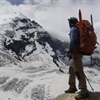

Qualified Expedition Leaders
We follow a rigorous regime of hiring and training our experts in the field. Each trek leader is a certified mountaineer with years of experience in the field. In addition to their qualification, they also go through practical and situational training to tackle any and all kinds of sudden conditions that may present themselves on the ground. Being unpredictable is the core nature of the mountains but being ready for any circumstance as best as possible is a controllable asset that we try to nurture. Our field experts are also trained in basic medicine and first-aid response. Watch: Forerunners - The Making of A Trek Leader At Bikat Adventures
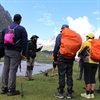

Guided Progression
Since Bikat Adventures is a learning-based organization, we help you climb up the ladder of difficulty within the sphere of outdoor adventure systematically. Our on-ground training modules are designed to handhold you through the upskilling process so that you are ready to take on bigger challenges.
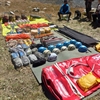

Equipment Quality and Check
All the gear used on our treks and expeditions is tried and tested, maintained for good quality, and is overall top-notch in quality and condition. We are continually looking to obtain the best of everything there is in the market so as to ensure optimum safety.
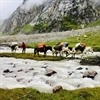

Support Systems
Along with the staff you see on-ground, we have a team of superheroes working in the background to give you the best experience possible. Our background team also comprises local staff from each area who know the region best. Having local support helps with studying the area, pre-planning, execution, and in receiving timely support in case of emergencies in these remote locations.
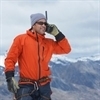

Communication
Our on-field staff is in constant contact with our teams based in primary locations so as to eliminate any avoidable delay in reaching additional help and support when required. We try to use the best tools for communication available, including satellite phones, in regions where they are not restricted.
What our customers Say
Cancellation Policy
Cash refund
Cancellations up to 60 days prior to departure date
Between 60 days to 20 days prior to departure date
Cancellations within 20 days prior to departure date
Voucher refund
Cancellations upto 60 days prior to departure date
Between 60 days upto 20 days prior to departure date
Between 20 days upto 5 days prior to departure date
Less than 5 days prior to departure date
- Cash refund is applicable only in case of bookings made without using any promotional offer code or Cancellation Vouchers or running discounts
- This is only a brief of cancellation terms. For finer details please refer Detailed Cancellation Policy.
Blog Posts
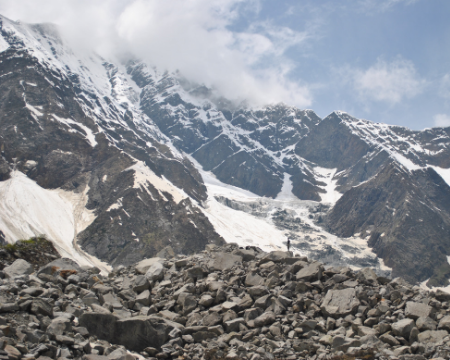
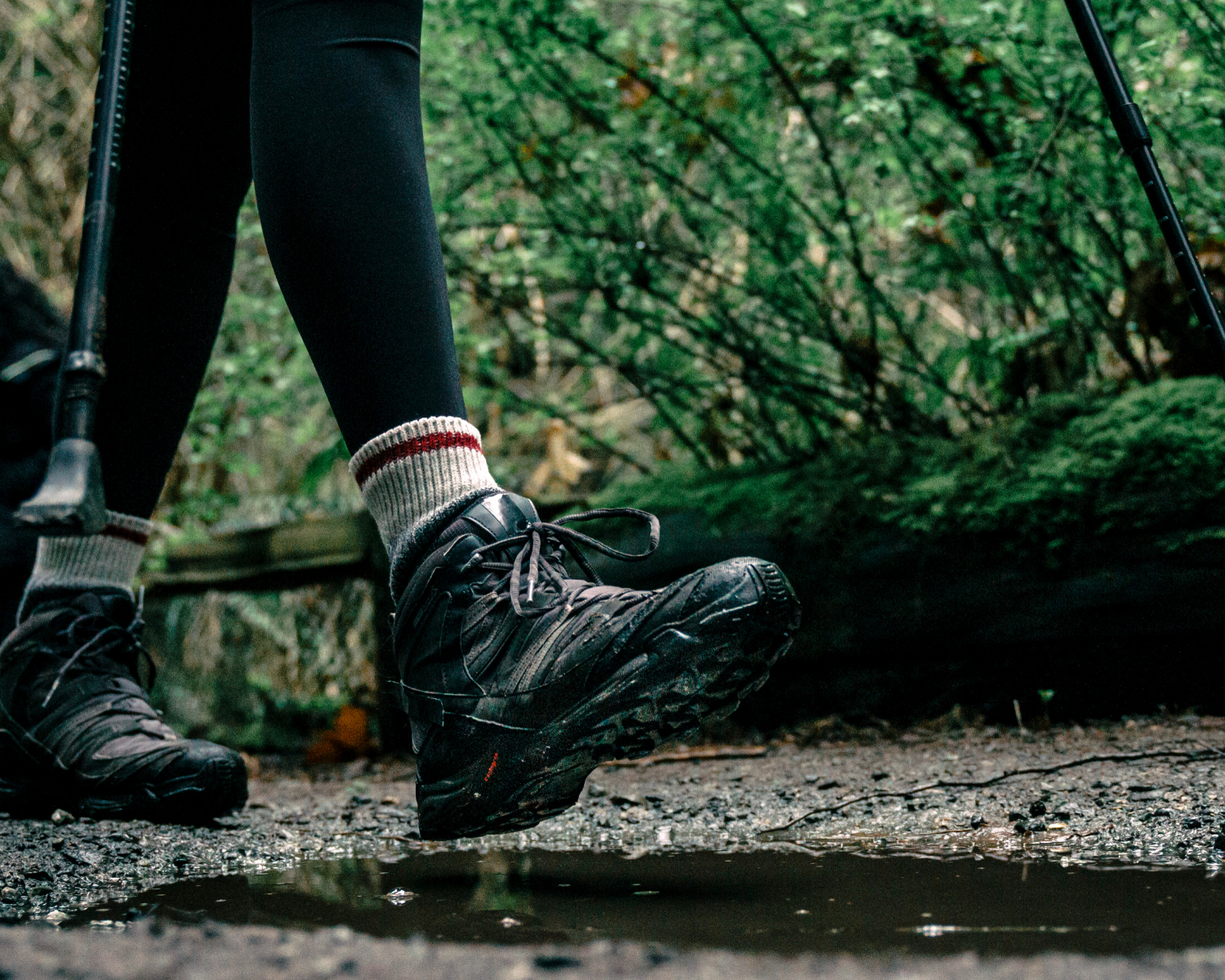
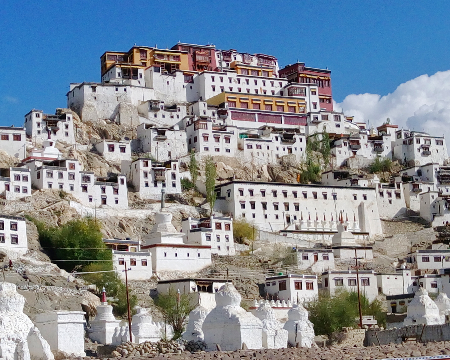

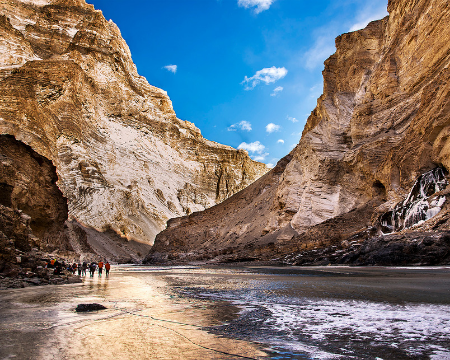
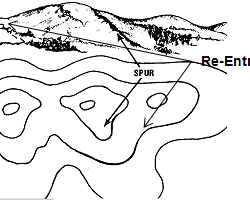
Similar Adventures
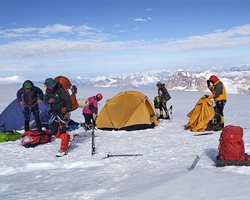
Mt. Nun Peak
The Roof of Ladakh- A Highly Technical Expedition meant for experienced climbers only.
Ladakh
23 Days
BRS 8
7135 m
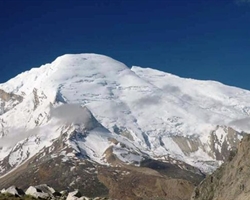
Mt. Kedar Dome
A Daunting and Thrilling Climb - Technical Expedition meant for Experienced Climbers
Uttarakhand
20 Days
BRS 8
6832 m
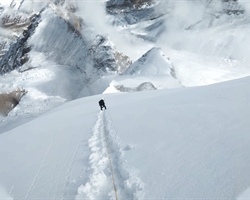
Mt Satopanth Expedition
When Adventure Calls, This Mountain Answers - Highly Technical Expedition meant for experienced climbers
Uttarakhand
20 Days
BRS 8
7075 m




